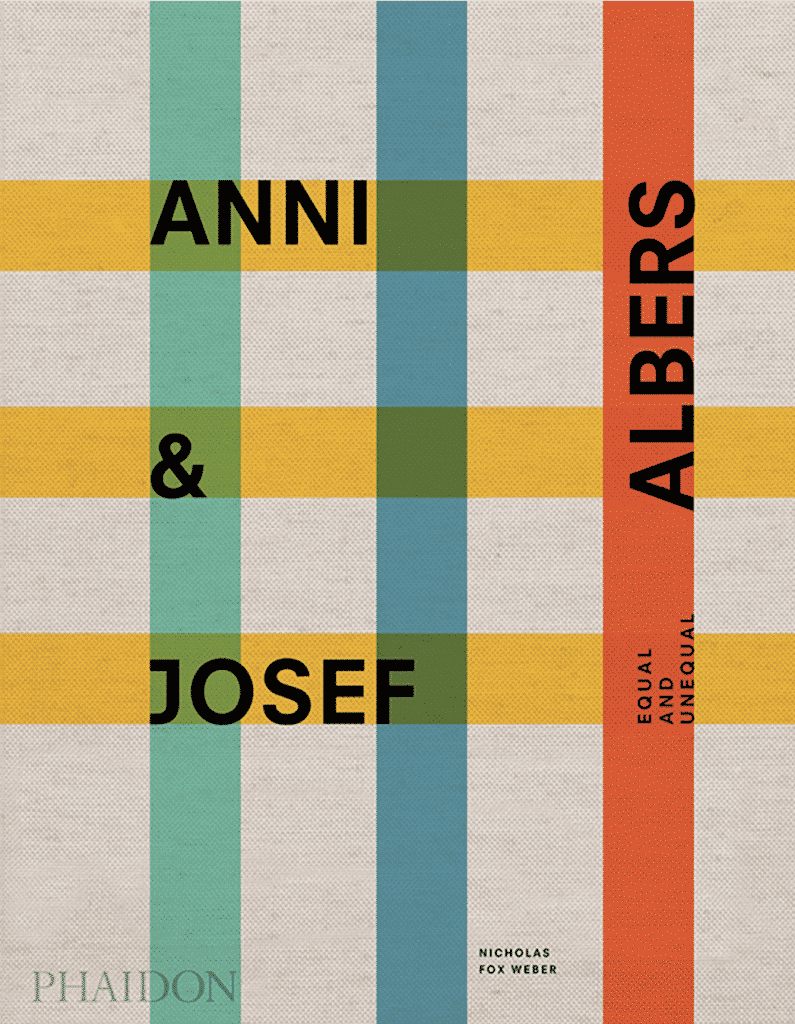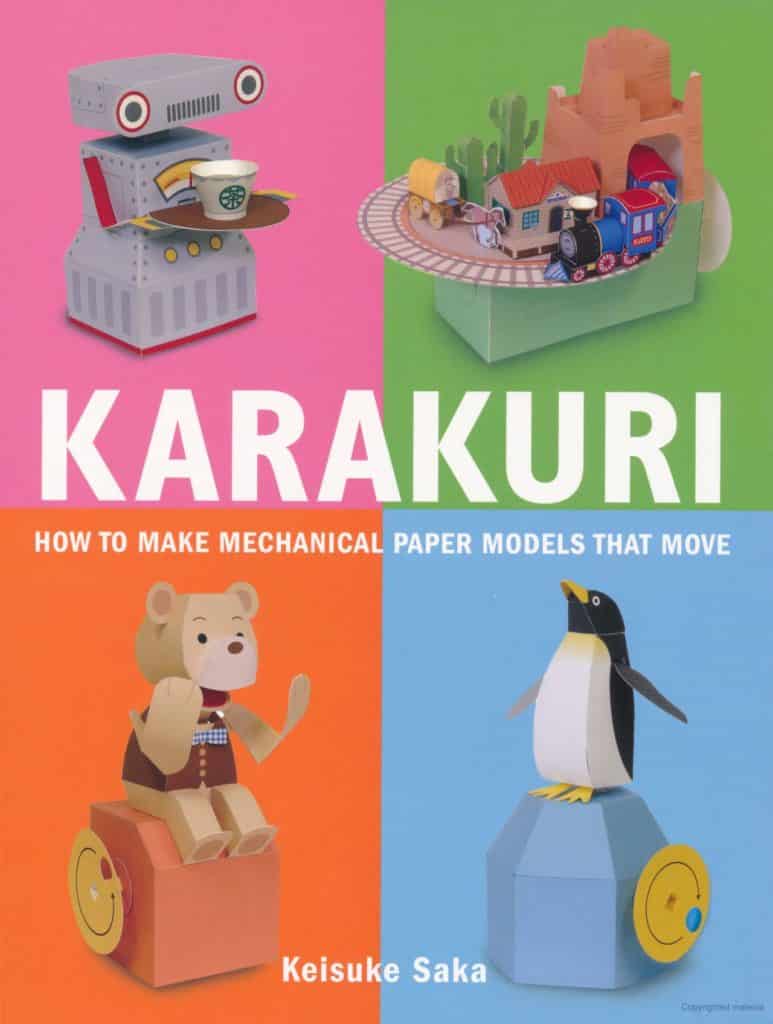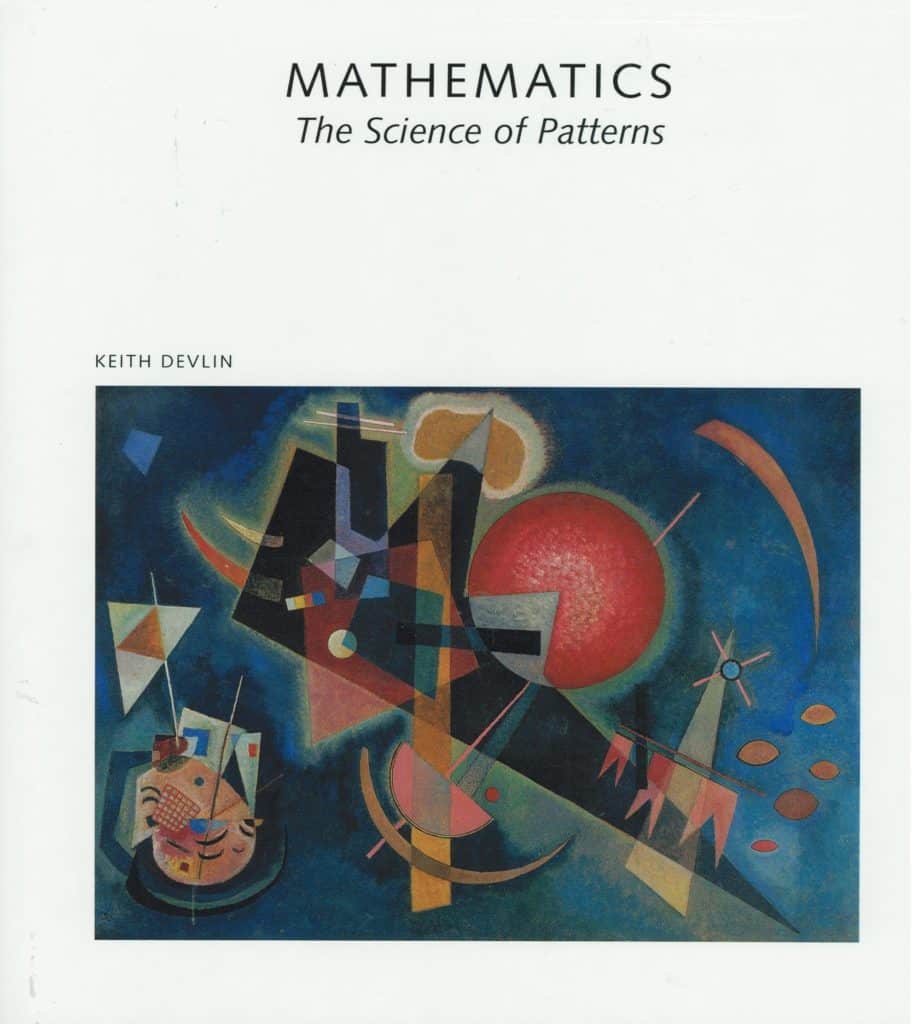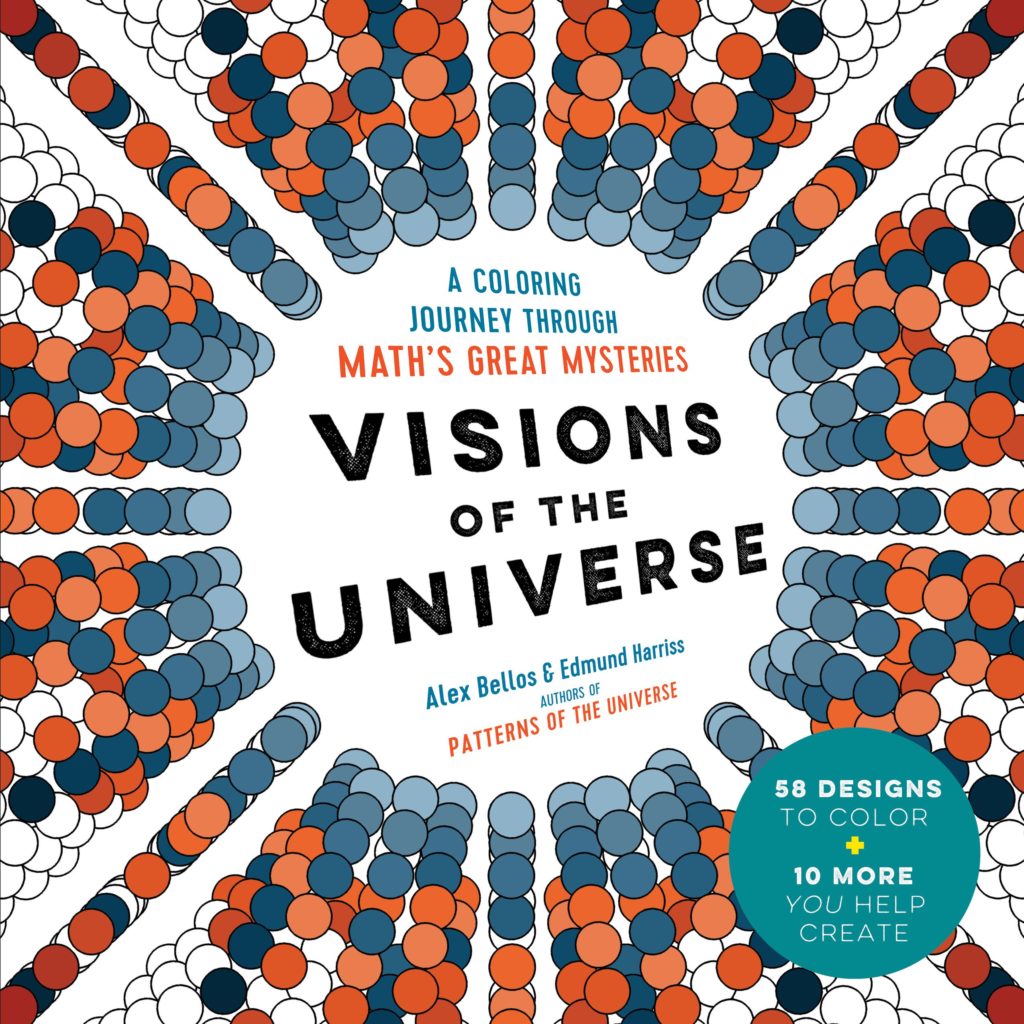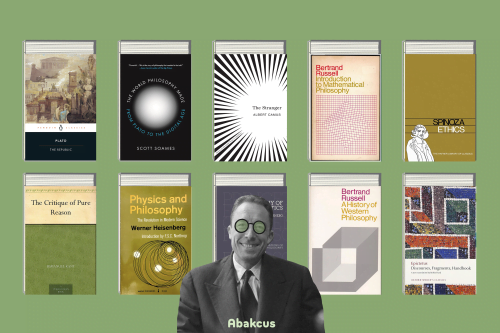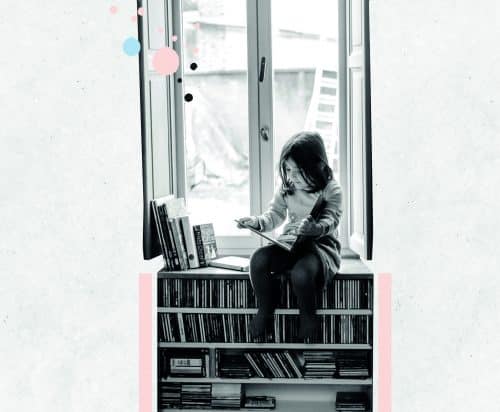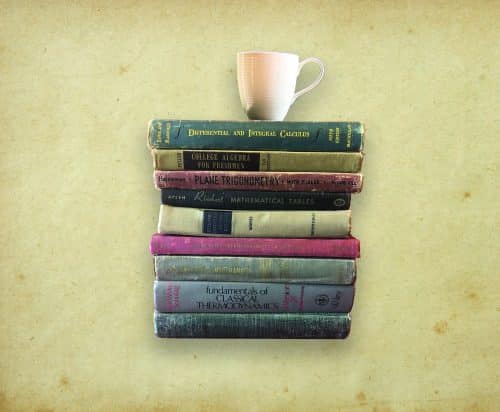When art and math collide, the results are always mesmerizing and compelling. While mathematicians have been trying to understand the world, designers have expressed the essential mathematical concepts have been for thousands of years.
There are so many books for designers that take the reader on a geometrical journey and show the connection between art, design, and mathematics and a mathematical explanation of how artworks in a way that you can all understand.
Is There Math in Arts and Design?
Mathematicians believe that mathematics is full of beauty and creativity, and they use words such as “elegant” and “beautiful” to describe their favorite proofs. Mathematicians also admire mathematical greats such as Gauss, Euler, and Leibniz for their creative capacities, not just their computational abilities.
Many design concepts, such as symmetry, fractals, and logos, directly relate to mathematical concepts and discoveries. So, if you are an artist or a designer, there is a good chance that you are already incorporating math into your work and may not be doing it consciously.
What Kind of Math is Used in Design?
A good number of graphic design courses include maths skills. For instance, designers should know algebra, calculus, and geometry. As an example, you should watch “The Math Behind Pixar Movies.”
Do Designers Need to Know Math?
Many of these individuals fail to realize that mathematics is integral to design. Concepts such as patterns, symmetry, fractals, ratios, and sequence that are so important to design all have a basis in mathematics.
Can You be a Good Designer Without Math?
A good designer’s works are always well-balanced and attractive. And some of the most fundamental design techniques are rooted in mathematical concepts. However, you may be applying them without even realizing it, and that’s why you can still be a good designer without advanced math knowledge.
What are the Best Math Books for Designers?
Below we have curated more than thirty math, geometry, and art books for designers. Here is the list of some excellent books for designers and math people.
“With previously undisclosed footage, this in-depth look at the beginnings of the legendary, top-selling video game includes the game creator’s own words.
Anyone building something entirely new can relate to Mechner’s story… I can’t wait to read over these journals again with fresh illustrations.” — Instagram co-founder Mike Krieger.
In this one-of-a-kind compilation, the designer of one of the most inventive and successful video games ever provides an honest glimpse into the process.
Before Prince of Persia became a popular video game series and a Disney film, Jordan Mechner developed and programmed an Apple II computer game. Mechner’s open and frank diaries from the time document his journey from his parent’s basement to the top of the rapidly expanding video game industry in the 1980s, as well as the creative, technical, and personal struggles that led to the creation of the prince and ultimately his entry into the homes of millions of people around the world.”
“Josef, a painter, designer, and teacher, and Anni Albers, a textile artist, and printmaker, are two of the most significant abstract artists of the twentieth century. This is the first monograph to elegantly highlight these two geniuses’ prolific work and alluring relationship. From their early years at the Bauhaus in Germany through their amazing effect at Black Mountain College in the United States through their fiercely prolific decade in Connecticut, it displays their life and works like never before.
The book’s easily readable writing and abundance of more than 750 artworks, historical photos, and documents—many of which are being published here for the first time—all trace this renowned pair’s extraordinary lives and careers.
The relationship between the Alberses and numerous significant 20th-century artists and architects, including Ruth Asawa, Marcel Breuer, Merce Cunningham, Philip Johnson, Paul Klee, Jacob Lawrence, and many more, is discussed in a series of brief essays on artists that are scattered throughout the book.
The package’s sophisticated color scheme and design testify to the work of both artists. It is nicely bound in cloth. This in-depth visual history highlights the artists’ full and active lives as well as their strong belief that art is essential to human existence and their endless influence on one another.”
The wavelength theory of light and color was well-established by the time Goethe’s Theory of Colors was published in 1810. In Goethe’s opinion, the hypothesis came forth as a result of mistaking an incidental result for an essential concept. He maintained that knowledge of physics made comprehension more difficult than just seeming to have it. He only drew his conclusions from a careful personal examination of the phenomena of color.
Goethe expressed his utmost confidence in his own theory, saying: “From the philosopher, we believe we merit thanks for having traced the phenomena of colors to their primary sources, to the conditions under which they appear and are, and beyond which no further explanation regarding them is possible.”
The intelligent reader of today may enjoy this work for entirely different reasons, such as the beauty and scope of his hypotheses regarding the relationship between color and philosophical ideas, for an insight into early nineteenth-century beliefs and modes of thought, and for the flavor of life in Europe just after the American and French Revolutions. Of course, Goethe’s scientific conclusions have long since been thoroughly disproved.
It is not necessary to study the book in order to enjoy it. Goethe can most effectively discuss color harmony and aesthetics thanks to his subjective theory of colors. These ideas will elicit a favorable reaction from some readers due to their strengths. Others might consider them to be pure imagination, but they appreciate the elegance and flair of their presentation.
The work can also be interpreted as a reliable manual for the investigation of color phenomena. Although Goethe’s findings have been disproved, no one disputes his account of the observable events. The reader will be guided through a demonstration course using basic objects like containers, prisms, lenses, and the like that will cover both subjectively created colors and the physically detectable aspects of color. By carefully reading Goethe’s descriptions of color phenomena, the reader may become so cut off from the wavelength theory—Goethe never once brings it up—that he may start to think about color theory comparatively free of prejudice, whether old or new.”
“The goal of Tessellations: Mathematics, Art, and Recreation are to give non-specialists a thorough introduction to tessellations (tiling). Additionally, it discusses methods, pointers, and templates that make it easier to produce tessellation-based mathematical art. The reader is given access to fascinating and beautiful math and art with the inclusion of specific themes like spiral tilings and tessellation metamorphoses.
The design style known as “Escheresque,” in which the individual tiles represent recognized real-world themes, is given special attention in this book. These are very common among students and math enthusiasts, but they can be very difficult to execute. These designs are made more feasible by the methods illustrated in the book. The book includes several nets of polyhedra and templates for adding Escheresque designs to them, going beyond planar designs.
The book is filled with exercises and worksheets and includes illustrations of tessellations found in the real world.
key attributes
Introduces symmetry and the mathematics of tessellations.
Covers polygonal, aperiodic, and non-Euclidean tilings and includes instructional material on creating and depicting tessellations in the style of Escher.
demonstrates multiple real-world instances of tessellations
Individual or group activities
filled with templates for making tessellations a la Escher
covers specialized subjects including tile ornamentation, fractal tessellations, and tiling rosettes.”
The phenomenon of DIY cat ladders comes in all different sizes and designs, and for some reason, Switzerland seems to be particularly prone to it. Photographer Brigitte Schuster illustrates the various ways people accommodate the comings and goings of their feline pals in the context of the surrounding architecture, using the city of Berne as an example. They represent sociological, architectural, and artistic qualities that are further developed in the accompanying writings, ranging from a straightforward wooden plank to intricate, scaffold-like constructs rising up to four stories in a zigzag pattern. As a result, the book can be used as a reference as well as a source of ideas when building your own cat ladders.
“Everyone likes pasta, but despite several cookbooks, no one has ever seen the dish prepared in this manner. This one-of-a-kind book, which a group wrote of compulsive designers, uncovers the mathematical beauty that cooks all over the world have known since Marco Polo.
The wonderful, occasionally whimsical, geometrical surfaces and shapes of pasta are made to hold particular sauces or accoutrements while still being aesthetically pleasing. Here are more than 90 different varieties of pasta, each of which is depicted using images that were particularly ordered, mathematical formulas that precisely describe each shape, and illustrations that highlight the culinary brilliance of our everyday staple. Brief writings outline the unique qualities of each type of pasta and offer suggestions for specific cooking applications. Two hundred black-and-white pictures and 90 color illustrations.”
“The book Karakuri, which was first released in Japan, provides a basic understanding of the gears, cranks, cams, and levers that are employed to create these wonderful moving paper automata. You can use the pull-out pages to build your own moving models of the many sorts of gears. These models serve as the basis for designing your own Karakuri or may just be admired on their own.
The physics underlying how Karakuri moves and functions are explained in detail with accompanying pictures, allowing you to fully understand the characteristics of the various gear and cam kinds. Four entertaining, full-color Karakuri models created by the author, a well-known paper engineer, are also included as inspiration. The crafts, printed on pull-out pages and simple to construct, include a charming peek-a-boo-playing teddy bear, a funny penguin sitting on an iceberg, and an enthralling train that travels around. On a track and through a tunnel!
Keisuke Saka’s book is a unique introduction to old art and the ideal present for imaginative and creative people because it includes detailed instructions, fourteen full-size models, and information on the science behind the craft.”
After stepping down from my role as one of the co-founders of Dribbble, I took some time to reflect on the twenty most important things I’d picked up during the decade I spent developing a community for creative types. These ideas are compiled in an entertaining small hardcover book, Twenty Bits I Learned About Design, Business, and Community. The book also includes some drawings that may be considered creative.
The book reminds me of a “mini-memoir with mid-century aesthetics,” which is how I prefer to think of it. Bring a copy with you on your next trip, and you will be able to obtain some valuable ideas from a designer who became an accidental entrepreneur, as well as critical lessons learned along the road. Key conclusions are simple to understand for creative company executives, community organizers, and designers.
“Working with numbers is what most people associate with mathematics. However, as Keith Devlin demonstrates in Mathematics: The Science of Patterns, this definition is now almost 2,500 years old. The study of patterns, whether they be imagined or actual, physical or mental, originating in the natural world or from within the human mind, is what mathematicians currently perceive their work as.
Devlin analyzes the patterns of counting, measuring, reasoning, motion, shape, position, and prediction using this fundamental definition as his main focus. This exploration reveals mathematics’s strong influence on how we see the world. Devlin honors mathematics’s accuracy, simplicity, and elegance by weaving together historical milestones with contemporary breakthroughs with the least amount of formulas possible.”
“Math was genuinely an art throughout history for inquiring brains. By coloring 58 magnificent designs based on important mathematical discoveries, you may continue the work of Isaac Newton, Blaise Pascal, and other luminaries in Visions of the Universe.
intricate geometric patterns similar to those found in Mecca’s mosques
Amazing diagram of light reflection between five mirrored spheres by Felix Klein, created in 1897.
A complex puzzle that was originally displayed outside a Japanese shrine, among other things!
In the chapter on creating, you’ll also contribute to the completion of 10 additional photos by doing straightforward actions that produce amazing outcomes. Math proficiency is not necessary: In Numberland, anyone may be an artist!”



